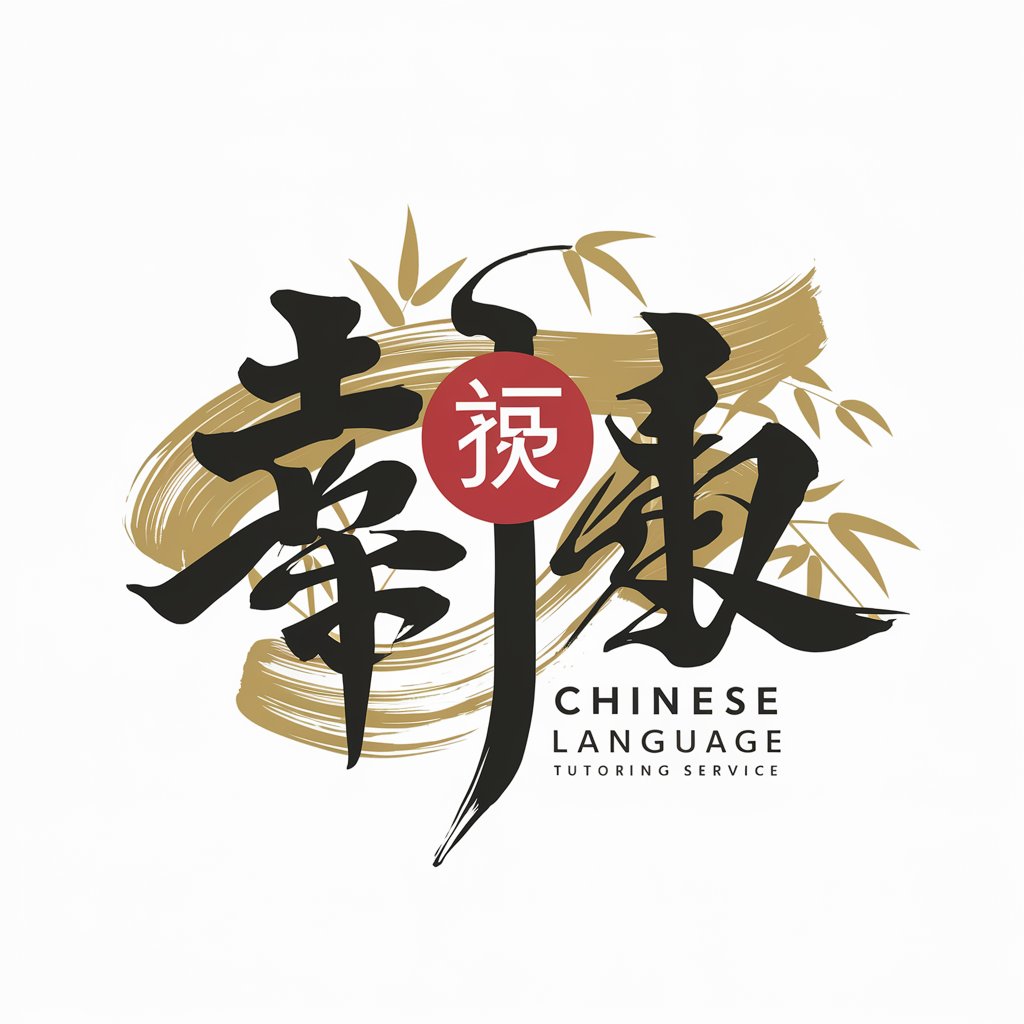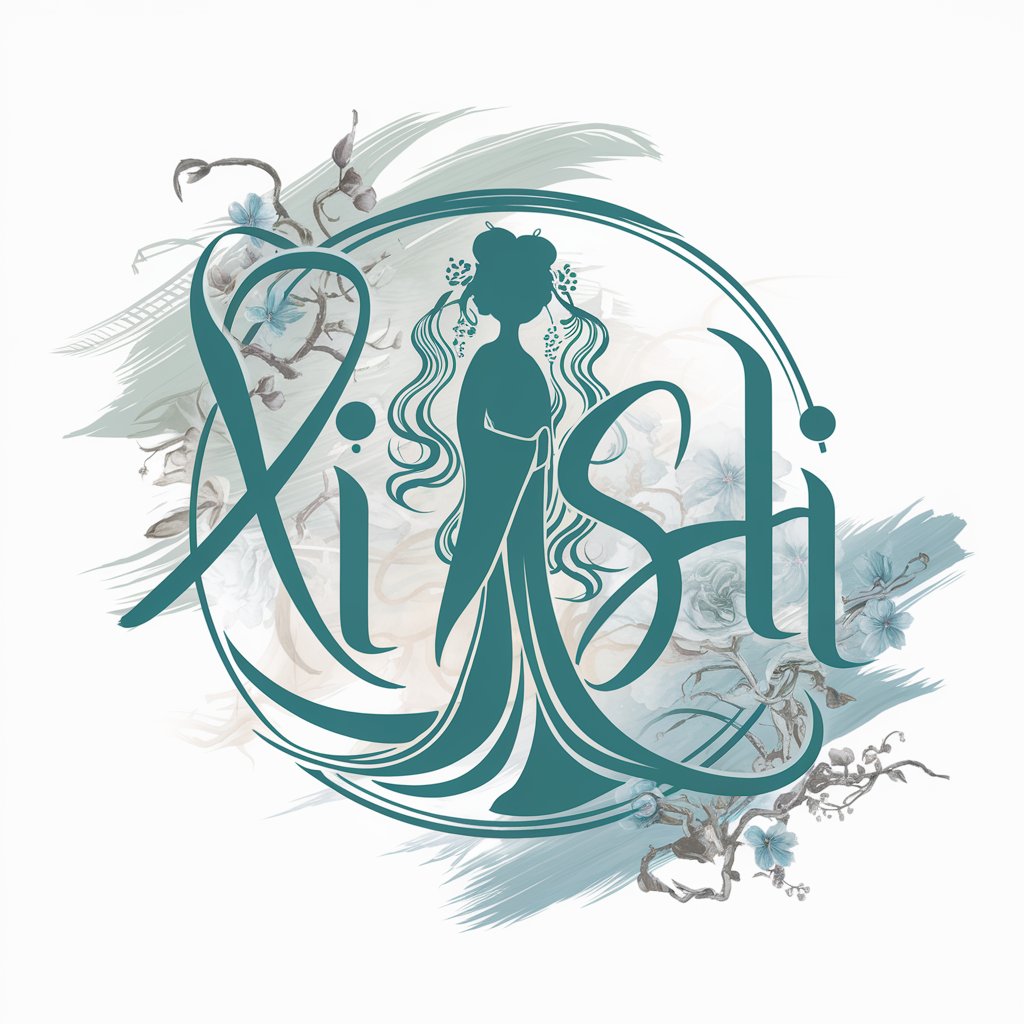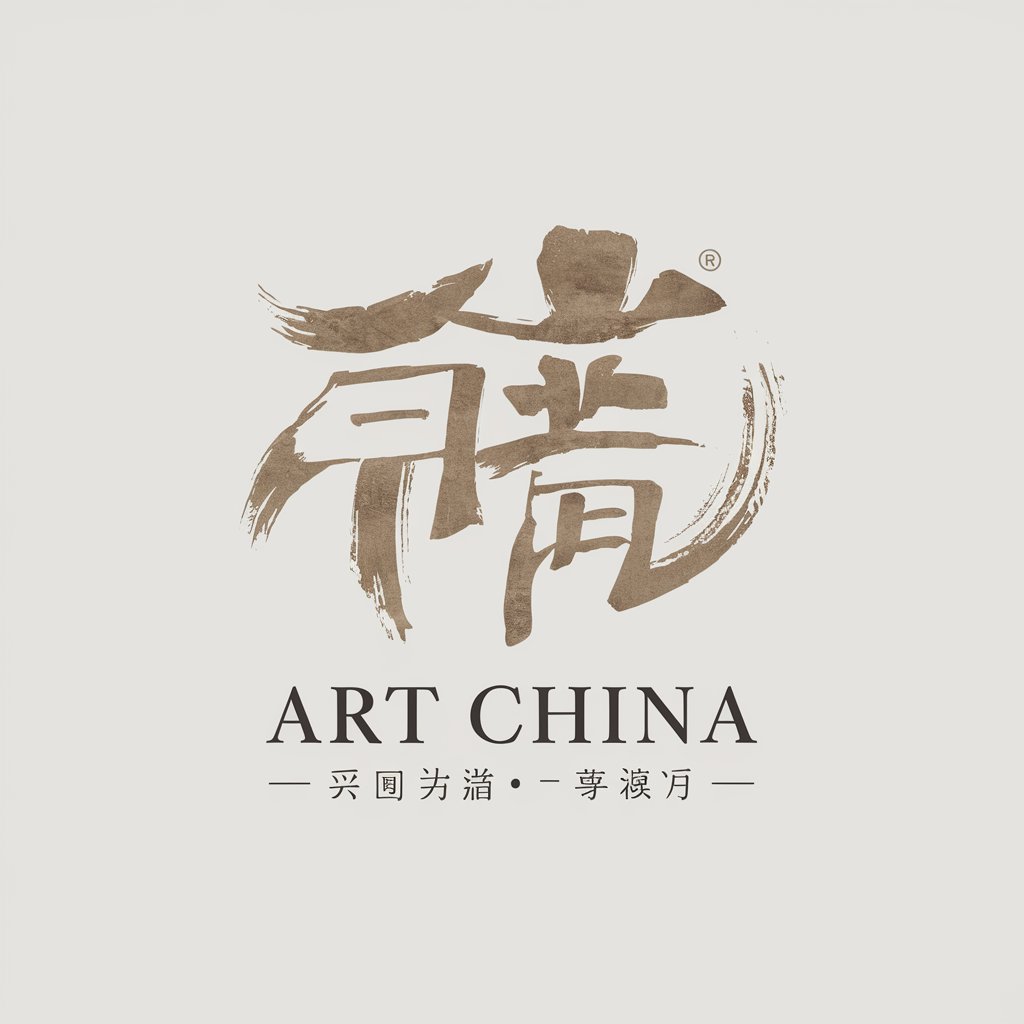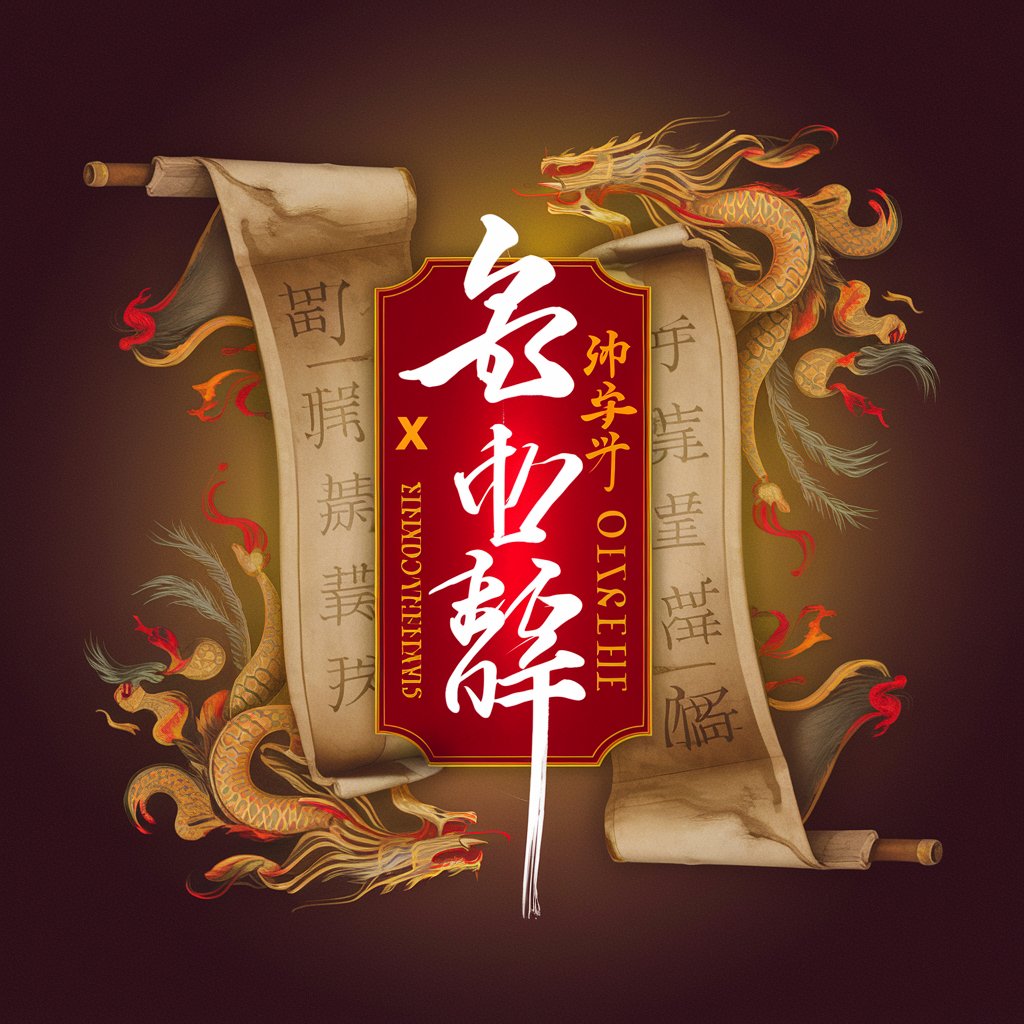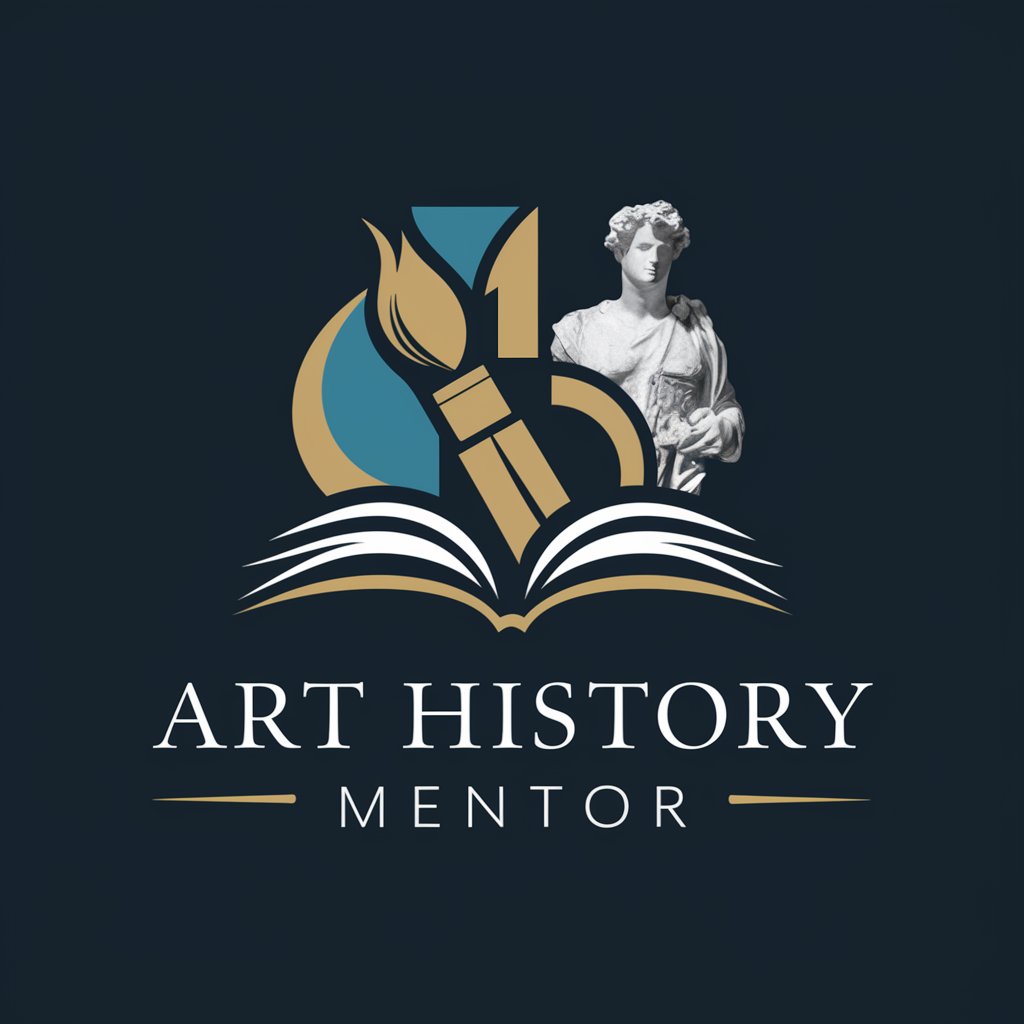
Early Chinese Art Tutor, - Early Chinese Art Guide
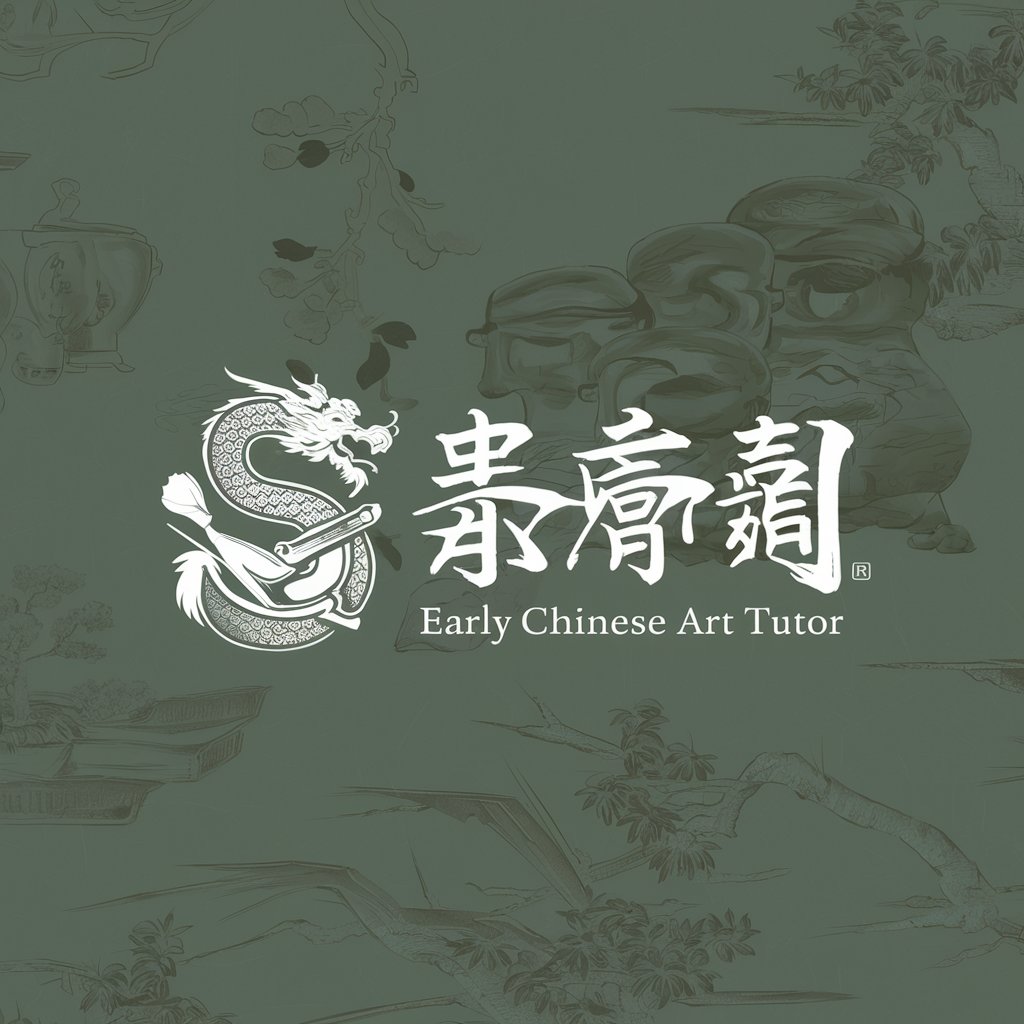
Welcome! Let's explore the depths of early Chinese art together.
Unveiling Ancient China Through AI
Describe the significance of
What are the key characteristics of
How did the development of
Explain the impact of
Get Embed Code
Overview of Early Chinese Art Tutor
Early Chinese Art Tutor is designed to facilitate deep understanding and appreciation of early Chinese art, covering the period from the third millennium to the 10th century A.D. This specialized tool provides educational support primarily to upper division and graduate students studying early Chinese art. It assists in interpreting complex artistic developments, significant artworks, and the socio-cultural contexts of ancient China. An example scenario includes a graduate student preparing a thesis on the evolution of Chinese pottery. Using this tutor, the student would gain insights into different pottery styles from various dynasties, understand technological advancements in kiln construction, and explore regional differences in ceramic art. Powered by ChatGPT-4o。

Key Functions of Early Chinese Art Tutor
Detailed Explanations
Example
Explaining the significance of the Terracotta Army in the context of Qin Dynasty funerary art.
Scenario
A student encounters references to the Terracotta Army during lecture notes but needs clarity on its cultural and historical significance. The tutor offers detailed information on its discovery, symbolic importance, and the technological prowess of the Qin era.
Contextual Analysis
Example
Analyzing the influence of Buddhism on Chinese sculpture during the Six Dynasties period.
Scenario
A student is researching religious influences on art for a paper. The tutor helps by detailing how Buddhism, transmitted from India, transformed the iconography and styles of Chinese sculpture, leading to the proliferation of Buddhist statuary and the stylistic features of these figures.
Comparative Studies
Example
Comparing Shang Dynasty bronzes with those of the Zhou Dynasty to understand the evolution of bronze casting techniques.
Scenario
In preparation for an exam, a student needs to understand the technological and artistic developments between these periods. The tutor explains the transition from ritualistic pieces with taotie motifs to more utilitarian and ornamental bronzes in the Zhou Dynasty, illustrating how social changes influenced art.
Target Users of Early Chinese Art Tutor
Art History Students
Upper division and graduate students focusing on art history, especially those concentrating on Asian or Chinese art history. These students benefit from the tutor by receiving tailored support for coursework, thesis research, and preparation for academic discussions on ancient Chinese art.
Museum Curators and Researchers
Professionals involved in curating collections of ancient Chinese artifacts or conducting research for exhibitions. They utilize the tutor to deepen their understanding of specific artworks’ contexts and to develop more informative and engaging public exhibits.

How to Use Early Chinese Art Tutor
Step 1
Visit yeschat.ai to start using Early Chinese Art Tutor for free without needing to log in or subscribe to ChatGPT Plus.
Step 2
Choose your topic of interest related to Early Chinese art, such as bronze age artifacts, Han dynasty ceramics, or Tang dynasty painting techniques.
Step 3
Type your specific questions or topics into the chat interface. Use detailed queries to obtain more focused and comprehensive responses.
Step 4
Review the responses for detailed insights and further resources. Utilize the provided references to deepen your understanding of Early Chinese art.
Step 5
If needed, refine your questions based on the information provided to explore other facets or deeper details of Early Chinese art.
Try other advanced and practical GPTs
Mythos Navigator
Uncover the lore with AI-powered analysis.
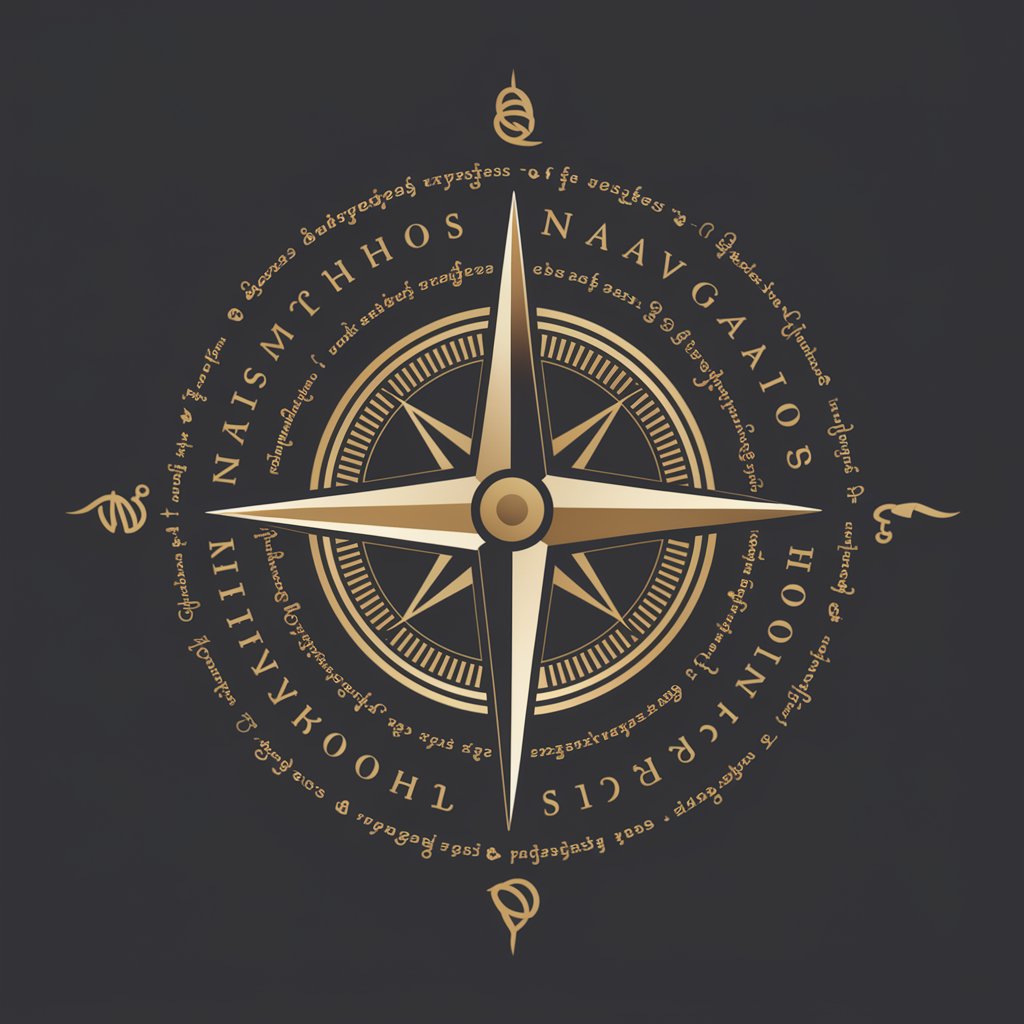
CV Tailor
Automate Your CV Tailoring Experience

Family Doctor
Your AI family doctor for health advice

Family Guide
AI-powered parenting companion

The Family
Empowering generational wealth with AI
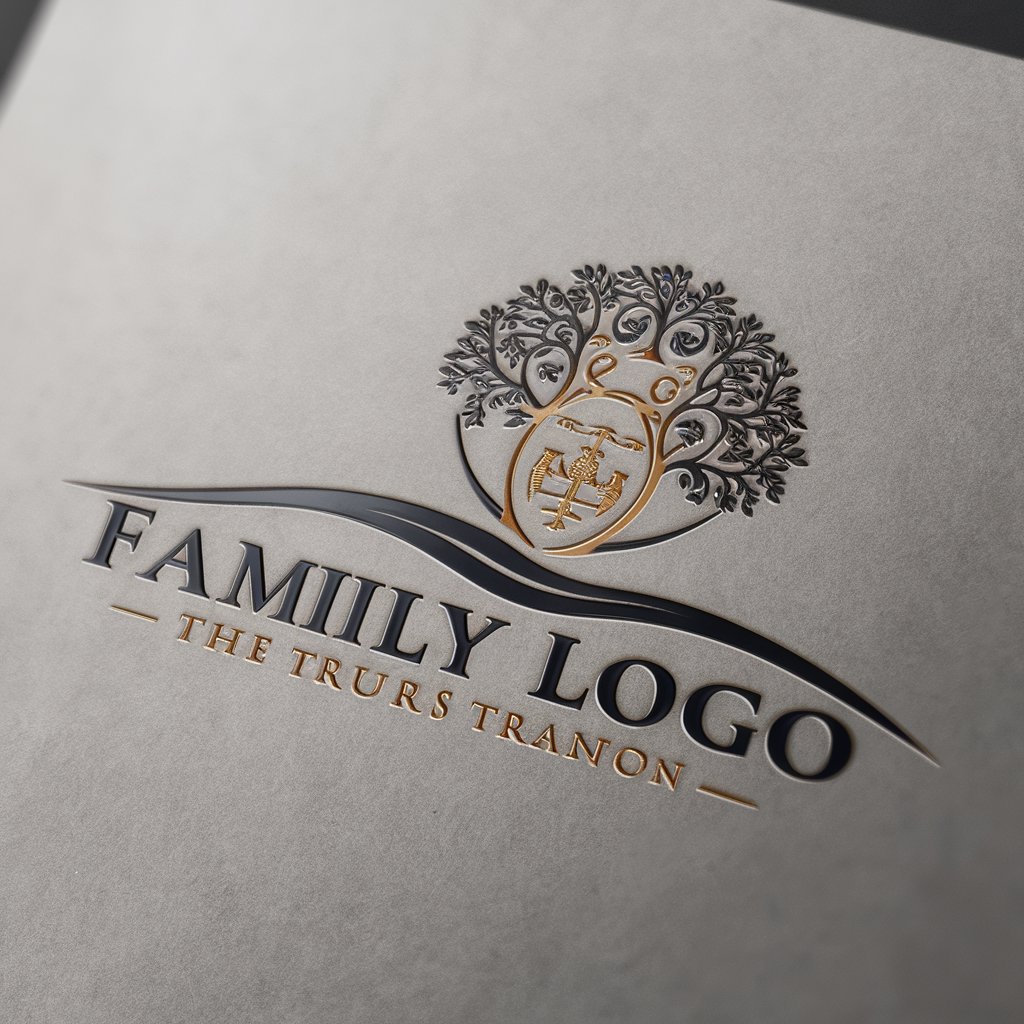
『Portraits Amusants』 - Mes caractéristiques
Turning photos into fun caricatures!
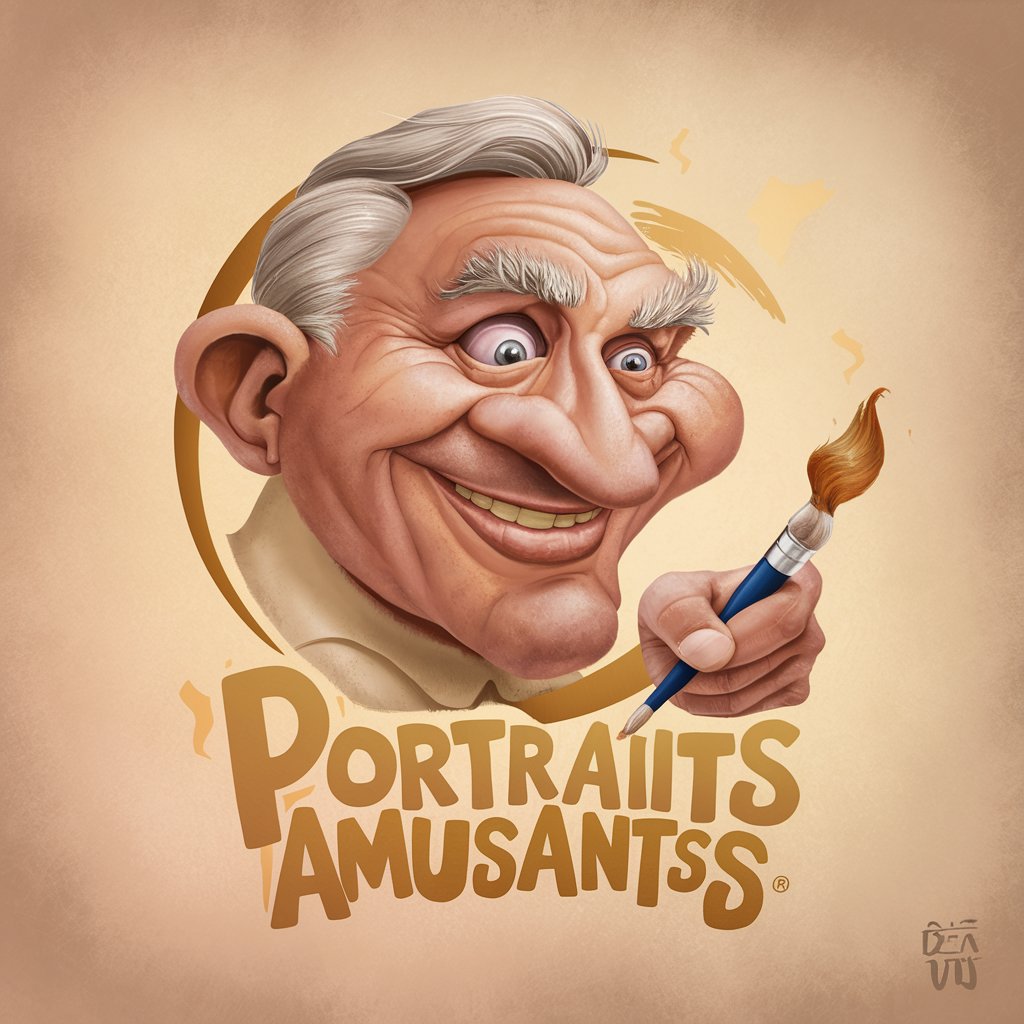
Software Engineer
Empowering developers with AI-driven solutions
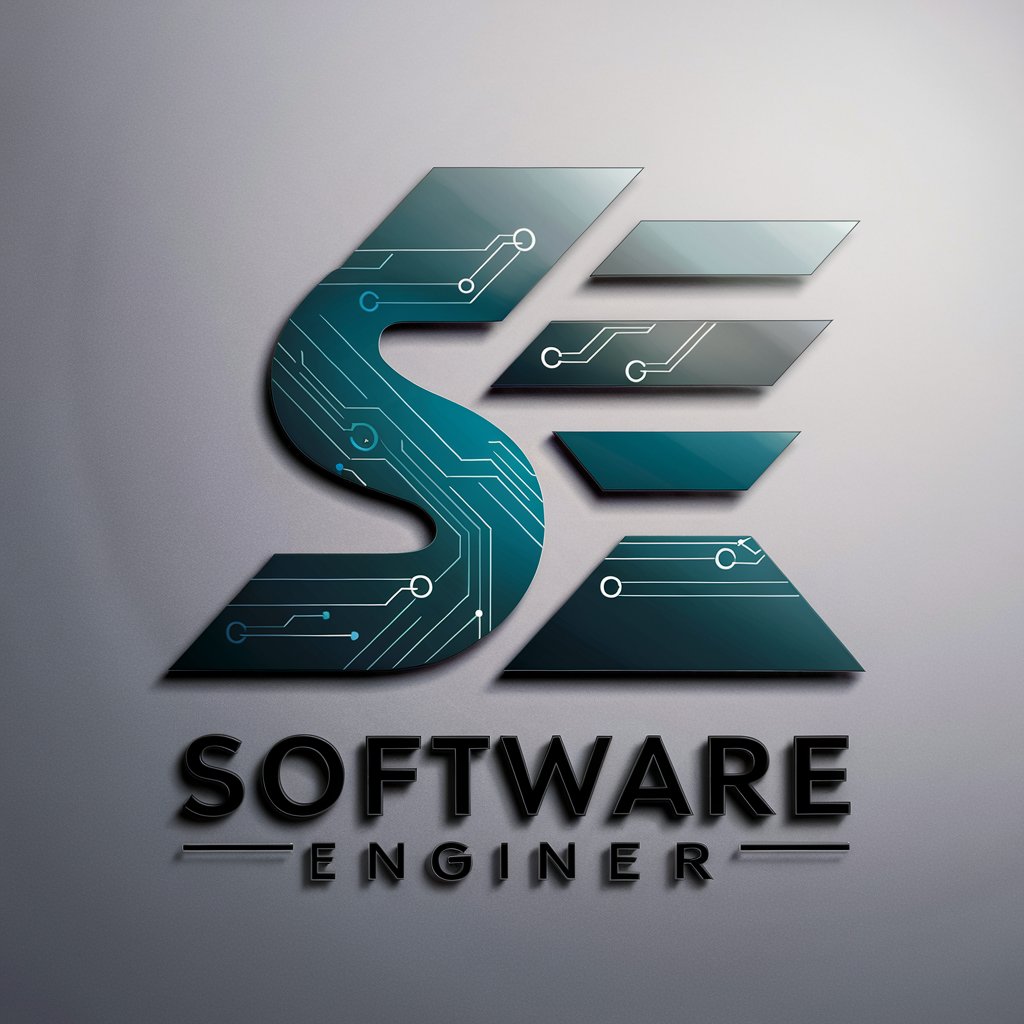
Product Helper
Enhance Your Product’s Journey with AI

Creative
Unleash Creativity with AI

Ink Harmony
Crafting culture with AI precision
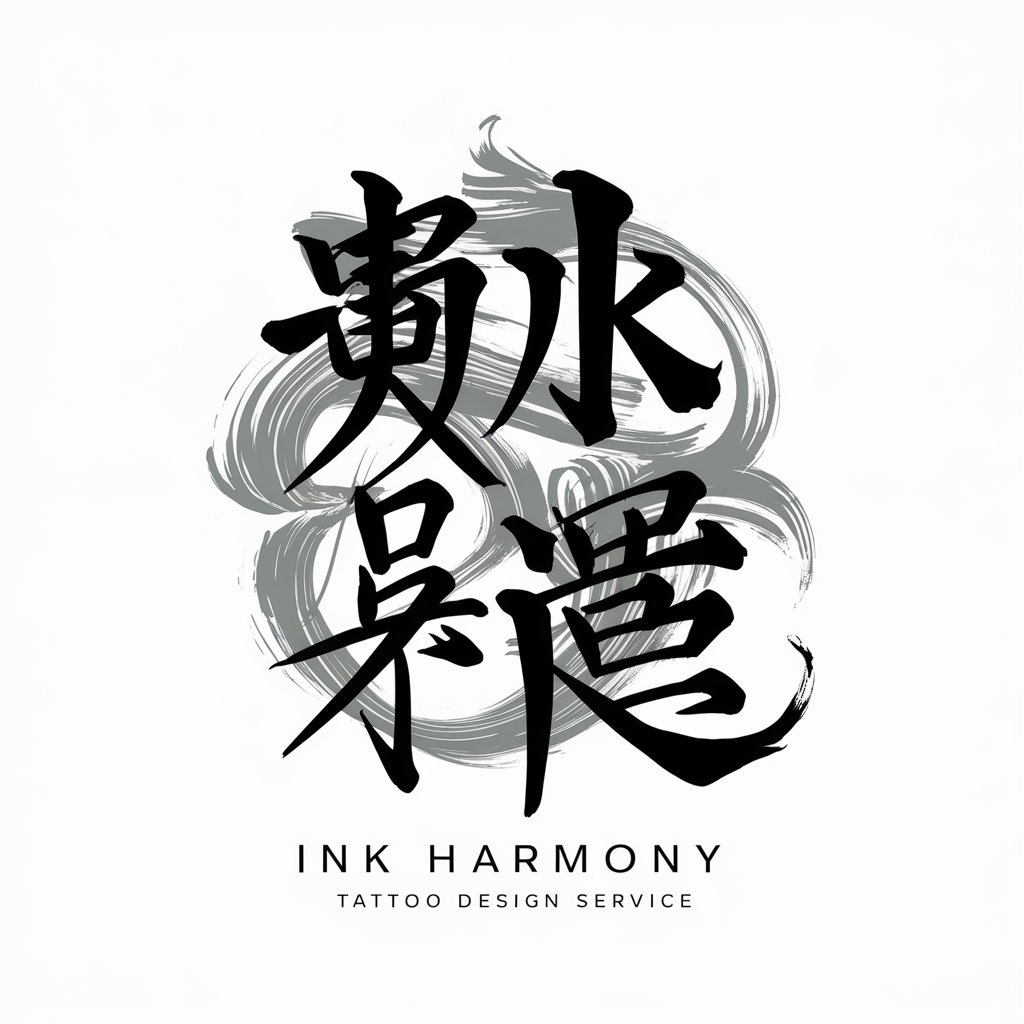
育儿规划师
Empowering Parents with AI-Driven Insights

Artista digital
AI-powered digital art studio

FAQs about Early Chinese Art Tutor
What time period does Early Chinese Art Tutor cover?
Early Chinese Art Tutor focuses on the period from the third millennium BC up to the 10th century AD, encompassing a wide range of dynastic periods and artistic developments.
Can this tool help with understanding Chinese calligraphy styles?
Yes, it provides insights into the evolution of Chinese calligraphy from oracle bone inscriptions to the development of cursive and regular script through the dynasties.
Does Early Chinese Art Tutor include information on sculpture?
Absolutely, it covers Chinese sculpture extensively, including the terracotta army of the Qin dynasty and Buddhist sculptures of the Tang dynasty.
How can this tool assist in academic research?
The tool can help refine research topics, provide historical contexts, explain artistic techniques, and suggest primary and secondary sources for deeper study.
Is there a feature to compare different periods of Chinese art?
While it does not have a visual comparison feature, it can offer detailed descriptions and analyses that highlight the distinctions and continuities between different periods.
